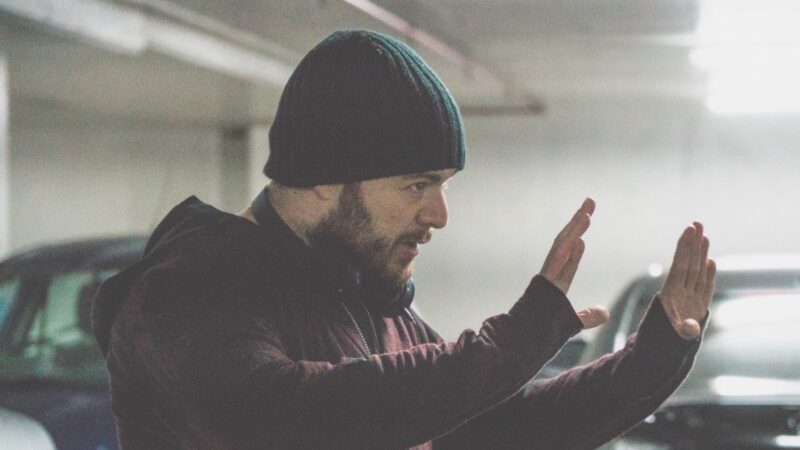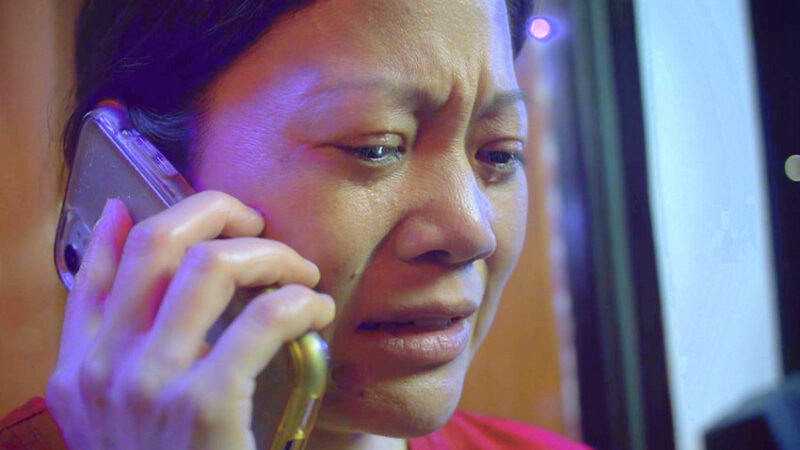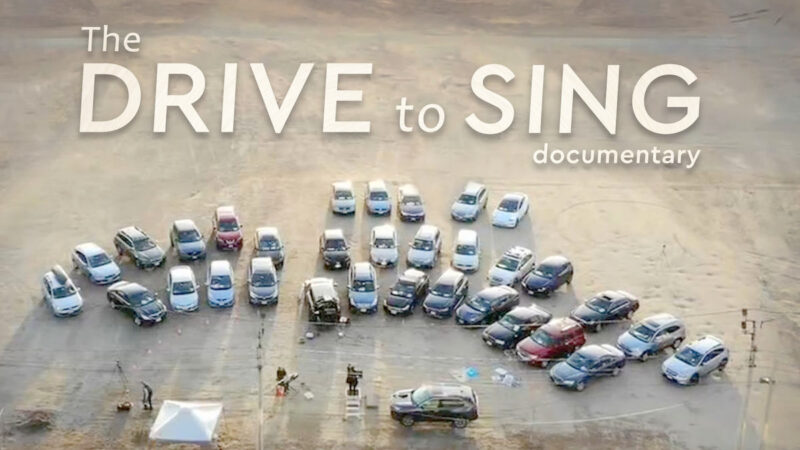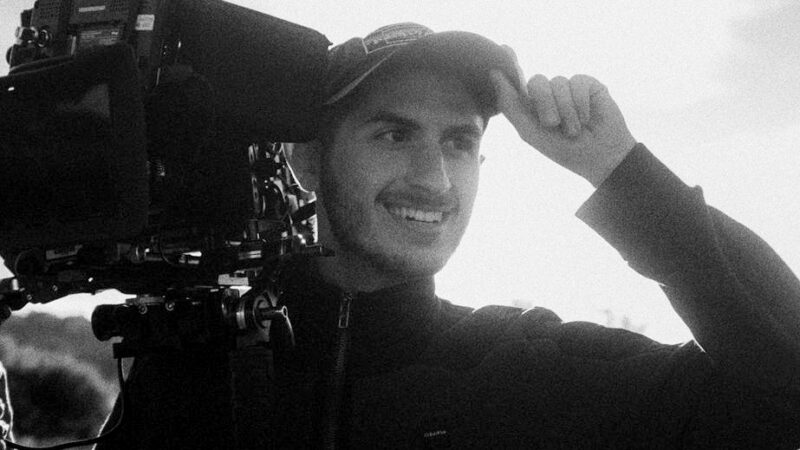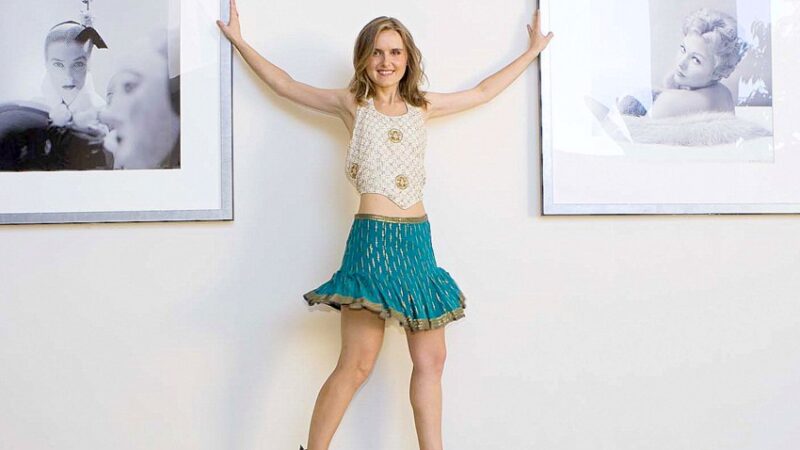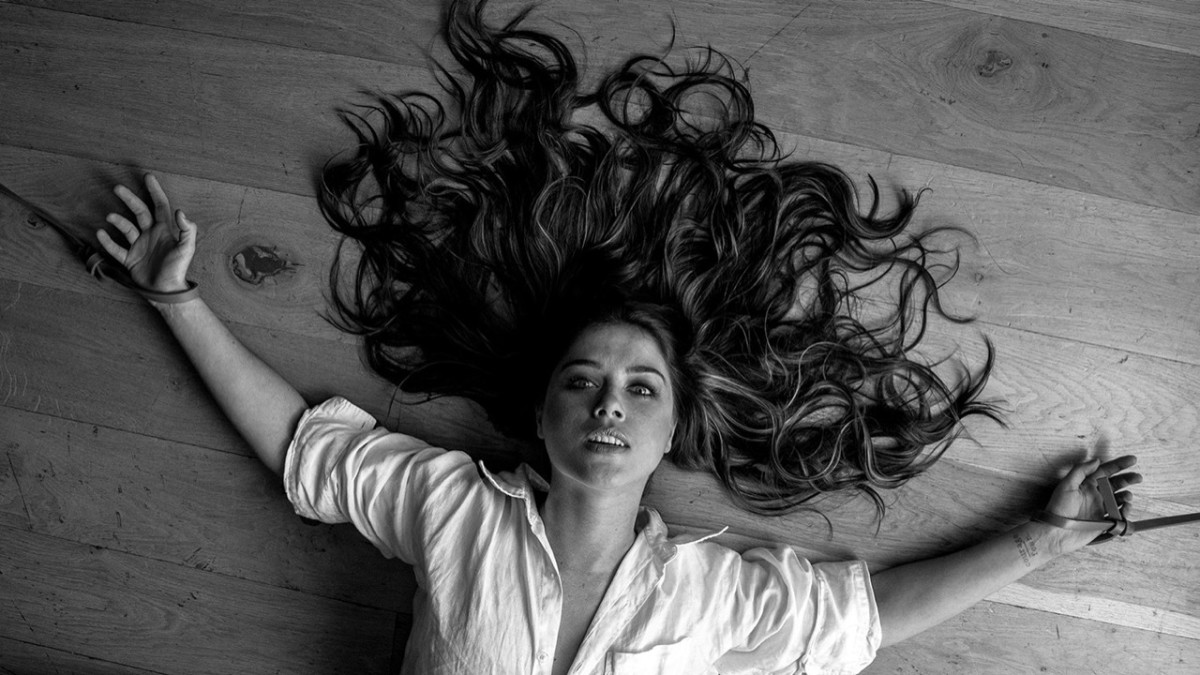
A Case Study
Narrative | Dramatic Features
Film Name: The Door (Die Deur)
Genre: Music Video
Date: 2020
Director: Uga Carlini
Producer: Uga Carlini for Select, Sony Musc Africa
Writer: Uga Carlini
Cinematographer: Rick Joaquim
Production Company: Towerkop Creations
Financing: Select, Sony Music Africa commission
Awards: ‘Best Choreography’ for Ananda Fuchs at the Global Nonviolent Film Festival 2020
Website: www.ugacarlini.com
indieactivity: Tell us about “who you are”?
Uga Carlini (UC): I am a mermaid activist, the mother of superheroes, and a multi-award-winning filmmaker. I’m also the founding member of Towerkop Creations, which specializes in female-driven heroine stories.
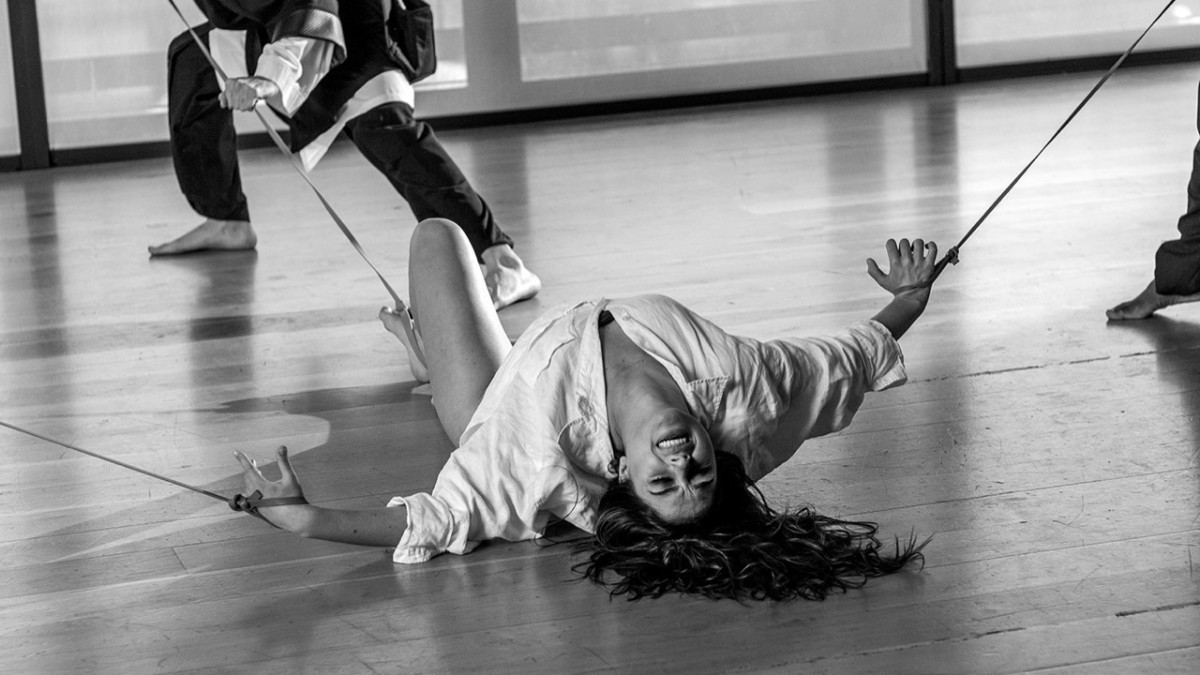
Introduce your music video?
Uga Carlini (UC): The music video, Die Deur (The Door) deals with the fall out of toxic relationships, but only long after the abuser is gone. It shows how the long-lasting hold it often has stays hidden in-between the cracks it left behind.
Tell us why you chose to make this video?
Uga Carlini (UC): The Door (Die Deur) is shot in black and white by cinematographer Rick Joaquim. Like her company, Towerkop Creations, Carlini also specializes in female-driven comeback heroine stories. Thus in the song, Visser fights her way through it, to reach the point where red flags are no longer warning signs but deal breakers.
Introduce your crew?
Uga Carlini (UC): The dancers symbolize how violence doesn’t discriminate, but that domestic violence is the most common killer of women in the world. Choreographed by Ananda Fuchs, the dance expresses the most dangerous place for women is in their own homes.
What are some of the highlights from your experience in making this video?
Uga Carlini (UC): One of the highlights for me was collaborating with Jazzart Dance Theatre, which was founded in 1973. Acknowledged as one of South Africa’s leading contemporary Dance Theatre companies, Jazzart’s distinguished, home-grown methodology ensures that principles of the strong technique are matched by a uniquely South African philosophy of dance that reflects the diverse political, cultural and historical heritage.
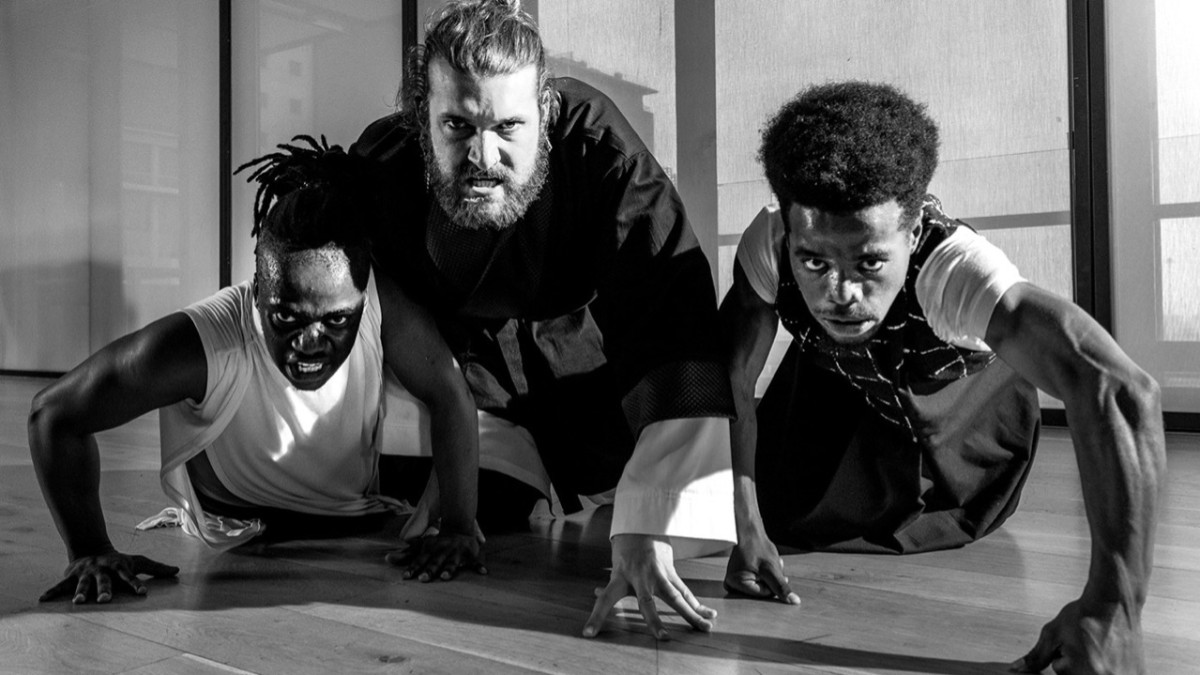
My previous music video collaboration with Visser, 17 shots, released in February 2019, won bronze at the Global Music Awards, was runner up for Best Director and Best Music Video at the International Underground Music Video Film Festival, and was selected as one of four music videos for the Los Angeles based, New Media Film Festival which brings the world the best in New Media – Honoring Stories worth telling of new media artists throughout the world. A first for an Afrikaans language music video which just goes to show how Afrikaans belongs to everybody.
It’s also ironic that the release of “Die Deur” coincided with the biggest nationwide protest by South Africans against femicide.
What is the source of the idea? How did the story develop from the idea?
UC: Die Deur deals with the fall out of toxic relationships long after the abuser has left and shown how the long-lasting hold it often has lies hidden in between the cracks it left behind. Choreographed by Ananda Fuchs, for Jazz Art Dance Theatre, the dancers symbolize how violence doesn’t discriminate. Domestic violence is still the most common killer of women around the world. The most dangerous place for women remains in their own homes.
Tell us what you think of the Case Study for The Door (Die Deur) What do you think of it? Let’s have your comments below and/or on Facebook or Instagram! Or join me on Twitter.
MORE STORIES FOR YOU
Follow Uga Carlini on Social Media
Website
IMDb
LinkedIn
Wikipedia
Instagram

